
Discover more from DRISHTIKONE's Newsletter
Insightful newsletter of Drishtikone: Issue #300 - How Largescale Deaths Impact a Society?
Numerous Deaths everyday. If we are lucky (not dead) we are looking at the dead as mere statistic. But societies are changing. These losses will have impacts. What will they be like?
Photo by Johannes Plenio from Pexels
“Home is the place where, when you have to go there, they have to take you in.” ― Robert Frost
Why this is happening? Who did it? How was it allowed? When will it go away? What will happen to us?
These are questions that everyone has during tragedies. People often need to see a light at the end of the tunnel. In many cases in the past in history - medieval and ancient - people were being hit by plagues and pandemics at regular intervals. That experience got embedded in our global psyche.
When a lot of deaths happen, societies get impacted in many different ways. We are still grappling with the deaths and the sorrow of losing our near and dear. The larger social impacts will come later.
What will they look like? Let us delve into the history of pandemics to get some idea.
The Countless Deaths!
On May 9th, 2021, Actor and YouTuber Rahul Vohra died of COVID-19 complications. He was just 35 years. (Source)
He had been undergoing treatment at the Rajeev Gandhi Super Specialty Hospital in Delhi after being tested positive for coronavirus a week before. He was later shifted to Ayushman Hospital in Dwarka.
His wife later shared his video where he is blaming the hospital administration and how ineffective his treatment has been. (Source)
Just a day before he shared his last Facebook post where he laments that he could have been saved if only he had received proper treatment.
This is the story of not just a popular YouTuber or a celebrity, but almost every person who has lost his or her life to COVID.
And, in the second wave, the specter of death has hit every family. Every family has seen someone die who was close to them. I don’t know of any family that has escaped death.
Just this intimate touch of death so close to one’s family will impact our lives from here on in a big way.
And, people who are dying are serving society in many different ways - teachers, professors, lawyers, doctors, corporate executives, artists, etc. With the level of devastation that India is seeing, entire layers of professionals are being wiped out.
Just see these tweets. It seems that ~ 200 teaching and non-teaching staff from Delhi University and related institutions and over 40 serving faculty in just Aligarh Muslim University has been wiped out by COVID.
The world will never be the same again.
Such huge global tragedies impact a large population and change the dynamics for a long time. Today, let us look into the past and get some lessons.
Profiting from misery: Delhi State Ministers and friends
Before we dive into the past, we need to realize that in every major calamity faced, there are two types of forces:
those that hoard stuff and make profit from peoples’ misfortune or needs
those that help people in whichever way they can
In World War 2, for example, the US had mandated the rationing of meat. But the unscrupulous were selling it clandestinely for profit.
Delhi is one of the worst-hit of all the cities/states. Yet, it is now turning out to be a major den of hoarders and black marketers.
Delhi police are on the lookout for Navneet Kalra for his involvement in the black marketing of Oxygen concentrators. Navneet is a permanent fixture on the Lutyens’ party circuit with ties to many VIPs. He owns the Dayal Opticals chain and several restaurants in Lutyens’ Delhi. His popular ‘Khan Chacha’ and ‘Town Hall’ restaurants in the Khan Market area from where 105 concentrators were seized, is barely three kilometers from where ministers and Lutyens’ elites live. Another 419 concentrators were seized from Kalra’s Nege Ju restaurant and bar in Lodhi colony and a farmhouse in Khullar Farms, Chattarpur. (Source)
The owner, Kalra, seems to be a very well-connected and influential person.
Navneet Kalra’s father had established an eyewear chain called Dayal Opticals. Sources tell HinduPost that his fortunes really sky-rocketed after his marriage sometime in 2007. It is said that his wife, Kitty, brought with her two shops in Khan Market as dowry. Kitty is the daughter of Sirajuddin Qureshi who owns Hind Agro Industries Ltd. which exports halal meat. Qureshi is also the President of the India Islamic Cultural Centre and an influential figure in Lutyens’ circles. Last year, Qureshi was named in an FIR along with others and his premises raided by CBI for allegedly cheating a consortium of banks led by PNB of about INR 222 crore. (Source)
During the elections, AAP leadership has worked closely with the India Islamic Center and Sirajuddin Qureshi. (Source)
And, it is not just the influential in the business and religious circles who are hoarding, but also the ministers in the Delhi State Government.
Two of its MLAs have now been caught hoarding oxygen cylinders and other equipment like the oximeters. While folks like Rahul Vohra died gasping for oxygen, the ministers in the Delhi state government were profiting from the oxygen cylinders and concentrators that they and their friends were hoarding.
What Delhi is facing is a perfect storm. A pandemic and a rule by an unscrupulous and shameless set of politicians who can stoop to any level to make money.
1918 Spanish Flu (Influenza) Pandemic
India lost 16.7 million people in the 1918 Influenza pandemic. The US lost 550,000. It was also known as the Spanish Flu because the press there reported it first. The flu came in three waves:
first in the spring of 1918,
the second and most deadly from September 1918 to January 1919,
the third from February 1919 through the end of the year.
It is estimated that a third of the world’s population (500 million) people were infected and had “clinically apparent illnesses”. Close to 50 million people died globally during the 1918 Influenza pandemic (Spanish Flu). (Source)
World War I complicated matters as well. The loss was not only of lives but the economy was hit very badly as well. It is estimated the real per capita GDP fell by 6% during the 1918 Spanish Flu.
The researchers estimate that in the typical country, the pandemic reduced real per capita GDP by 6 percent and private consumption by 8 percent, declines comparable to those seen in the Great Recession of 2008–2009. In the United States, the flu’s toll was much lower: a 1.5 percent decline in GDP and a 2.1 percent drop in consumption. The decline in economic activity combined with elevated inflation resulted in large declines in the real returns on stocks and short-term government bonds. For example, countries experiencing the average death rate of 2 percent saw real stock returns drop by 26 percentage points. The estimated drop in the United States was much smaller, 7 percentage points. (Source)
But this was not the only Influenza related pandemic that the world faced.
Influenza pandemics have occurred for centuries, three times (1918, 1957, and 1968) in the 20th century alone. Another pandemic is highly likely, if not inevitable (1). In the 1918 influenza pandemic, more than 20 million people died (2). (Source)
The Black Death
During the 1300s another pandemic hit the world - Black Death or Plague. It is estimated that 20 million people died in Europe.
There was a lot of social friction between the rich and the poor. The Rich wanted to escape the urban centers and the rural people didn’t want them there. The rich nevertheless succeed. In fact, in the last week of April, several Uber-rich Indians took private jets and left India as COVID infections peaked. (Source)
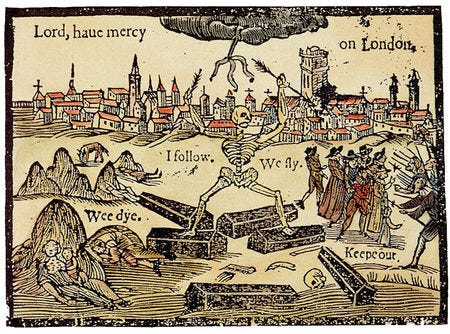
In the plague in 1340-50, the worst hit were the urban populations. They were almost wiped out. The ones who were hit weren’t the rich folks, but the marginalized and the poor who were being discriminated against anyway. Their prepandemic lives had damaged their health already and lack of proper access to medical care made matters worse.
The impact was as dreadful as feared: In 1349, the Black Death killed about half of all Londoners; from 1347 to 1351, it killed between 30% and 60% of all Europeans. For those who lived through that awful time, it seemed no one was safe. In France, which also lost about half its population, chronicler Gilles Li Muisis wrote, “neither the rich, the middling sort, nor the pauper was secure; each had to await God’s will.” (Source)
While the cities get badly devastated, the rural areas are left in better, though badly impacted, shape.
Social impacts of pandemics
How do these pandemics impact the social dynamics?
“That is the classic anti-pandemic approach of pre-industrial societies. The wealthy move from the city to country villas with the intention of not coming back until the coast is clear,” Cohn said. “Many poor people would have families with farms, so in a more modest version, you go home to get out of the city. Even before modern medicine, you could avoid real wipeouts by simply bailing out of town.” While most pandemics have few lasting societal influences, they often result in increased religious practice. This is usually because people turn to religion to help explain the unexplainable and feel a sense of serenity in situations they cannot control, he said. Some religious leaders have even used pandemics as an opportunity to spread their faith. (Source)
Because people lose hope, it is during this time that religious activity increases. Those who sell succor as a religious product usually get most customers to their shops (Churches).
One side-effect of the pandemics and global tragedies has been the drop in economic inequality. The difference between the rich and the poor comes down.
It is said that Antoine Plague was perhaps the first pandemic to hit the world. 7-8 million perished (Source). It occurred from 165 to 180 AD. In the mid 3rd century, the Plague of Cyprian hit the Roman empire. The Justinian plague hit the Roman Empire between 541 and 549 AD. The repetitive plagues had taken the belief of people away from the old gods of the Greco-Roman times. Christianity was being sold aggressively and the people who were looking for hope bought the ‘snake-oil’ that its sellers were offering. By the end of the 6th century, Christianity had been strongly entrenched in the entire Roman Empire.
Kyle Harper, a historian believes that the pandemics that had hit the Roman Empire with such great regularity may have been instrumental in the fall of the Roman Empire.
As Kyle Harper writes, the fall of Rome may have been “the single greatest regression in all of human history”. In 1984, he tells us, a German classicist catalogued more than 200 explanations of this regression. Military over-reach, increasing reliance on slave labour, excessive spending and taxation to pay for a decadent diet of “bread and circuses”, and the rise of Christianity have been cited. Rome did not fall in a day, and no doubt these and other factors featured in a long process of decline. But all of these standard accounts put human agency at the heart of the story, when the deciding forces may not have been human at all. Instead, Harper argues compellingly, it was pandemic diseases amplified by shifts in the climate that unravelled the global networks of connectivity the Romans had constructed over centuries. As he puts it, “The ecology of the empire had built an infrastructure awaiting a pandemic.” (Source)
In some cases, like the Black Death or the plague middle of 1300s, people at the bottom of the society felt forced to start questioning the social elite and their position in the social structure.
There was a great shortage of workers and the Parliament in UK at that time stopped the wage increases. This enraged the poor and it may have resulted in the Peasants’ Revolt of 1381. (Source)
It is not as if those who were at the helm in different areas did not realize what devastation could happen in today’s times if a pandemic hit the world. They did. Just that the infrastructure was not enough. A paper by Thomas Garrett of the Federal Reserve Bank of St Louis predicted the economic impact of a pandemic similar to the 1918 Spanish flu.
The economic devastation would be extensive. In India as well.
What is in store for tomorrow
Given how this pandemic may have been unleashed - Bioweapon? (Issue #299 - Is this World War 3 already?) - the COVID scourge may not go away for many years now. Specifically, since the mutations may be really bad as the virus tries to dodge the vaccines.
But more importantly, this is the time when countries that are worst affected will realize that entire layers of social actors and workers have been wiped out. Bringing those layers of workers back to the normal levels may take several years. Probably decades.
There will be religious vultures trying to come down on the populations who are the worst hit and looking for Hope. They will provide words of hope but buy their souls.
Also, given how the populations and the social structure have been strongly hit psychologically and emotionally, behavioral patterns will change as well. People may become more risk-averse and in some cases more bohemian if they don’t see any point in holding back. In fact, Black Death had a profound social impact.
the Black Death had a huge influence on the way people thought about life. Some lived wild, immoral lives, others fell into deep despair, whilst many chose to accept their fate. Many people were angry and bitter, and blamed the Church – some historians think this helped the growth of the new 'Lollard' religion in the 15th century. (Source)
The Governments, therefore, has a very difficult task ahead.
market corner: 10 quick bytes
Auto retail skids in April amid rising Covid-19 cases, local lockdowns - more
Logistics, truck sector emerge unsung heroes in COVID-19 2nd wave - more
India gets more Oxygen from overseas as Operation Samudra Setu II hits top gear! IAF sets up its COVID Air Support Management Cell (CASMC) at Palam Air Base - more
1 lakh crore market-cap: 13 companies enter the niche club in 2021 - more
COVID-19: Dubai-based airline Emirates to ship aid for free into India - more
India fastest country globally to administer 17 crore COVID-19 vaccine doses - more
Two-wheeler makers plan Rs 2,000 capex for FY22; multiple launches in the pipeline - more
Snapdeal launches Sanjeevani app to connect COVID patients with potential plasma donors - more
BharatPe plans to disburse Rs 14,000 cr in business loans by March 2023 - more
Big Bazaar set to launch marketing blitzkrieg to take on Amazon - more
nota bene
Anti-Hindu Pogrom Whitewash: On Monday, the West Bengal government told the Calcutta High Court that there was no post-poll violence in West Bengal after the recently conducted state elections which saw the Mamata Banerjee regime retaining power. The next hearing for all PILs regarding the WB post-poll violence in the Calcutta HC is scheduled for next Tuesday on May 18. (Source)
Hushing Rapes ‘Liberal’ way: We reported earlier in the day that a woman from West Bengal was reportedly raped by two men, both members of the Aam Aadmi Party, when she was going to join the farmer protest site at the Tikri border, Delhi. The father of the woman had filed a complaint based on which an FIR was registered by the Police under Sections 120B, 342, 354, 365, 376D and 506. He said in his complaint that his daughter was forced on the train and in the tent at the protest site by accused Anil and Anup Singh. The victim’s father further said that former AAP leader and activist Yogendra Yadav, who currently doubles up as a ‘farmer leader’, and is also a member of the Samyukta Kisan Morcha, knew about the allegations of rape but did nothing. (Source)
Epstein link and Gates Divorce: Melinda French Gates began working with divorce lawyers well over a year before her split with Bill Gates was announced last week, partly over concerns about her husband’s dealings with convicted sex offender Jeffrey Epstein, according to the Wall Street Journal. The 56-year-old spoke with attorneys from several firms as early as October 2019, saying the marriage was “irretrievably broken,” the Journal reported Sunday, citing documents and people familiar with the matter. Her unease about her ex-husband’s ties to Epstein dates back to at least 2013, the paper said. (Source)
US seizes huge arms haul in the Arabian Sea: The U.S. Navy announced Sunday it seized an arms shipment of thousands of assault weapons, machine guns, and sniper rifles hidden aboard a ship in the Arabian Sea, apparently bound for Yemen to support the country's Houthi rebels. An American defense official told The Associated Press that the Navy's initial investigation found the vessel came from Iran, again tying the Islamic Republic to arming the Houthis despite a United Nations arms embargo. Iran's mission to the U.N. did not immediately respond to a request for comment, though Tehran has denied in the past giving the rebels weapons. (Source)
AI Predicting Earthquakes: A groundbreaking system uses artificial intelligence (AI) to predict how earthquakes will shake in a never-before-seen technology pilot. The tool, called DeepShake, is being developed to give several seconds of advance notice that quakes are on the way. It uses a deep neural network, a form of AI, to identify patterns from previous earthquakes which can predict how the shaking will travel. (Source)
video corner: A Girls’ school in the Thar
New York-based architect Diana Kellogg has built Rajkumari Ratnavati Girls School in the heart of Thar Desert. It is in Jaisalmer. The oval-shaped structure with a paved central courtyard has been constructed by local craftsmen. It is a nearly 9,000-square-foot school constructed with hand-carved Jaisalmer sandstone sourced from the area. The school will serve more than 400 girls from households below the poverty line in the region where female literacy is just 36 percent.
“Stone was so abundant and the craftsmen so skilled, it was really the only option,” Kellogg tells RECORD of the material. “When I asked about different design ideas they smiled and proudly said, ‘We can do anything in stone.’” (Source)
It was a pro-bono project for Kellogg commissioned by New York–based non-profit group CITTA. The school will open in July.
Check it out.
SUPPORT DRISHTIKONE: If you consider our work important and enriching and would like to contribute to our expenses, please click on the amount below to send in your contribution. You have the option of sending a monthly or a one-time contribution. You can do it in US Dollars or Indian Rupees.
US Dollars: One-Time: $25 . $50 . $100 . $200 || Monthly: $5 . $15 . $25 . 50
Indian Rupees: One Time: Rs 100 . Rs 500 . Rs 1000 . Rs 2500 || Recurring: Rs 100 . Rs 500 . Rs 1000
If you like this post - please share it with someone who will appreciate the information shared in this edition.
If you like our newsletter, please share it with your friends and family
Today’s ONLINE PAPER: Check out today’s “The Drishtikone Daily” edition. - THE DRISHTIKONE DAILY
Nuzzle Tweets “newsletter” - with tweets and stories that we read and follow in a day in one compilation on a daily basis -Nuzzle Drishtikone - just another way to keep up with things
Subscribe to DRISHTIKONE's Newsletter
"It is the truth that liberates, not your effort to be free.” - Krishnamurti






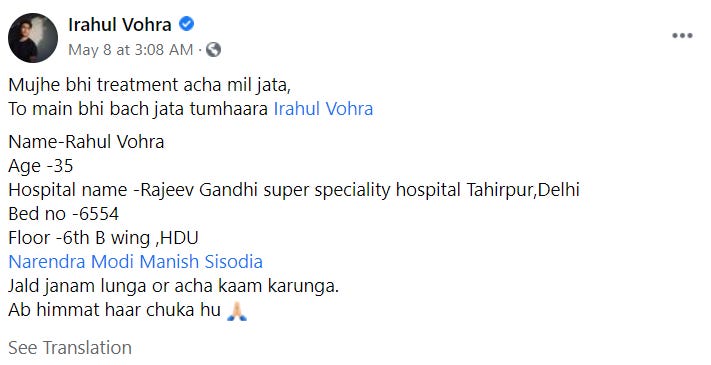
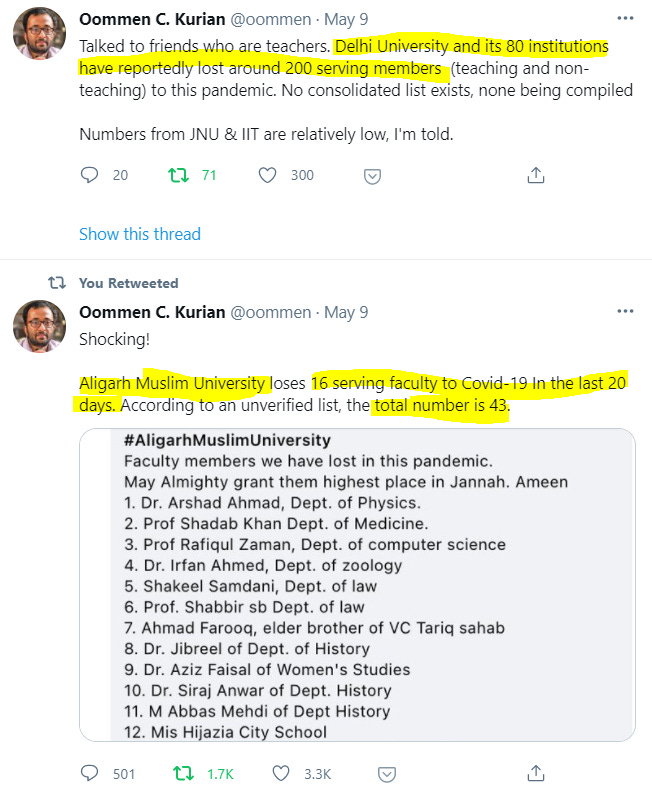
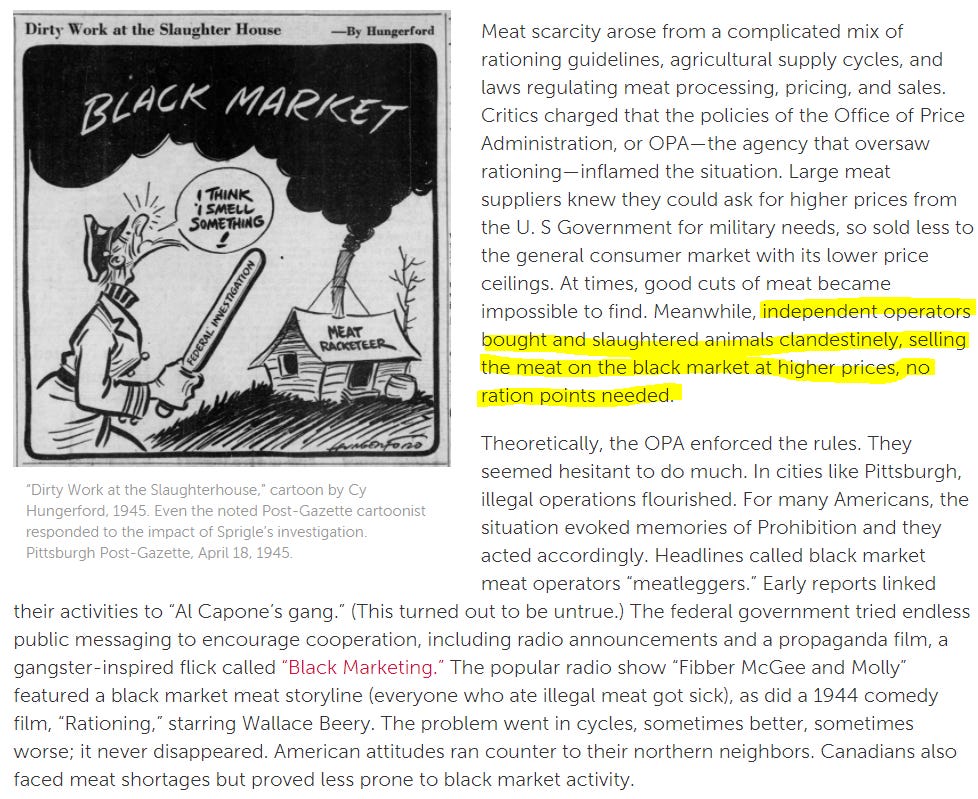
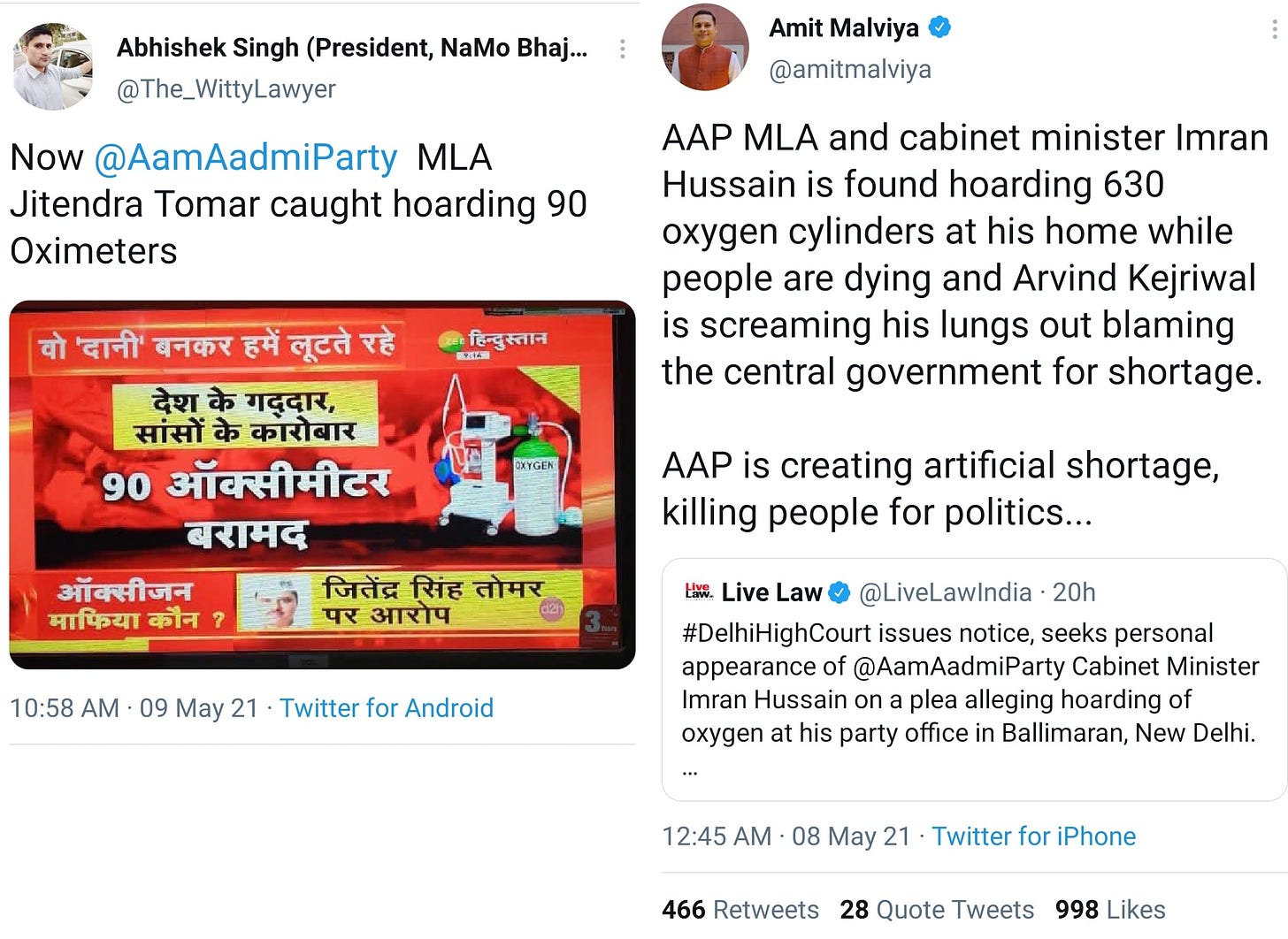
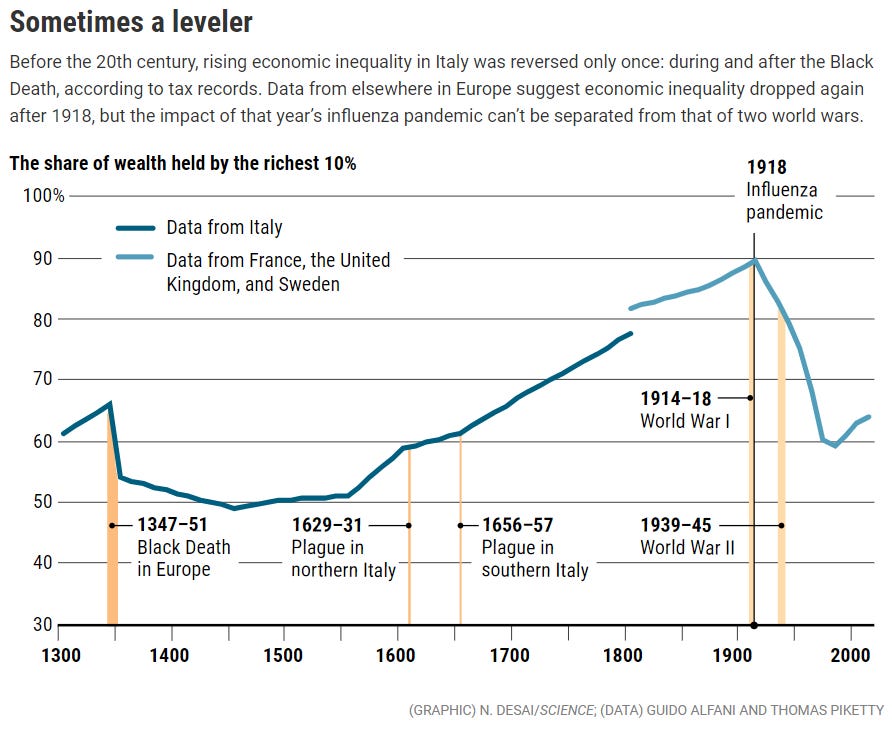
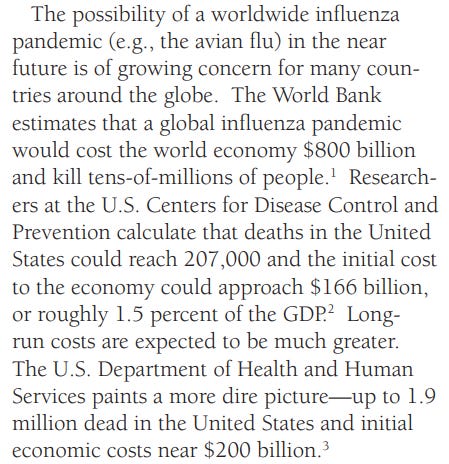







Congratulations!!!! For your 300th issue... 👏👏👏👍